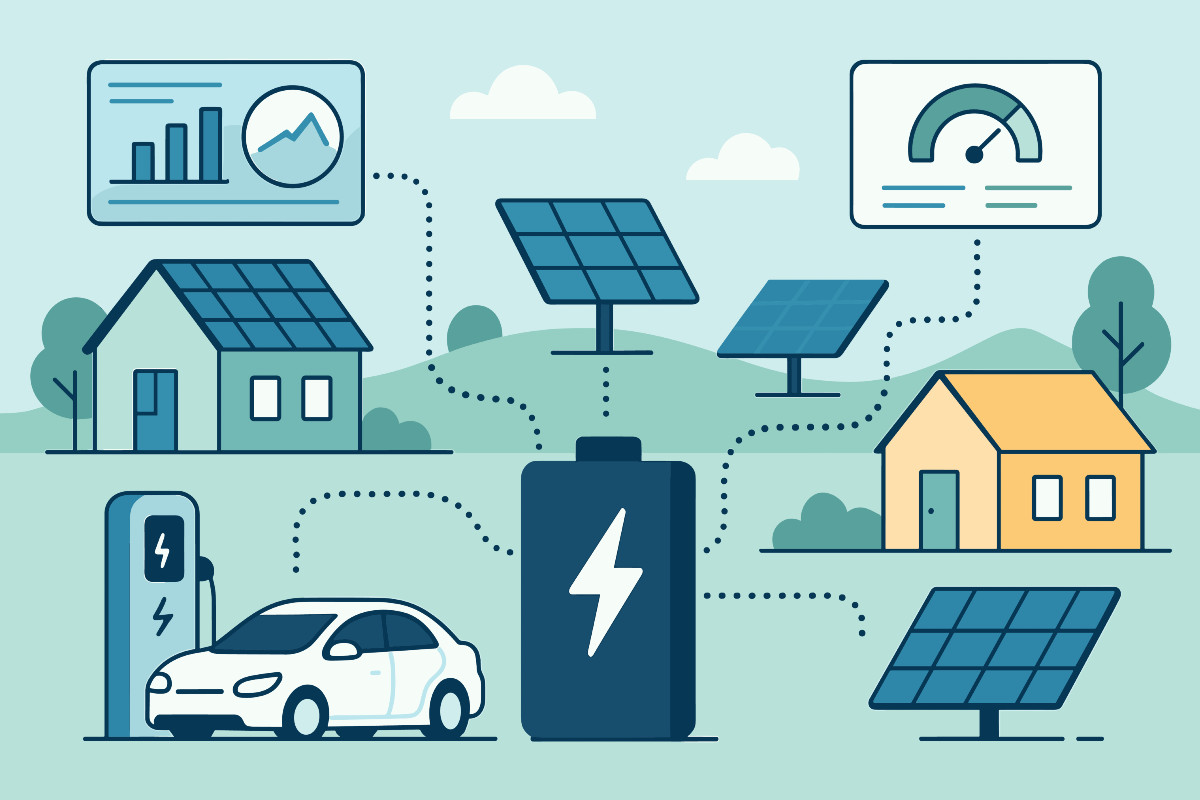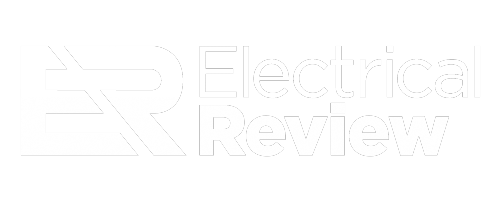In his Powered On Live: The Grid 2025 keynote session, Rolf Bienert, Technical and Managing Director at the OpenADR Alliance, discussed how standards and new technology can help make the grid more resilient while reducing emissions. Here, he explains more.
Europe’s energy demand is expected to rise over the next few years as populations grow. With this comes the corresponding growth in electrification (electric vehicles, charging systems, distributed energy devices, etc.) and, with AI, increased data centre use. McKinsey predicts that data centre demand will be a “primary near-term growth driver for power demand in Europe,” accounting for about 5% of total European power consumption by 2030 (from around 2% today).
We’re already seeing the increase in electricity demand across Europe. Recent power outages in Spain and Portugal affected large areas, impacting critical infrastructure like transport and mobile networks. The Spanish power grid operator attributed the issue to insufficient dynamic voltage control capacity reserves. Europe’s electricity grids maintain a 50 hertz frequency to ensure stability, and even slight deviations can lead to damage. This raises the question of where we can make an impact. We need smarter infrastructure. We are getting there.
Standards are important in making this happen, but customer-owned equipment and resources should remain under customer control. Balancing regulation with customer engagement is challenging, but flexibility for the customer should also offer value. Standards should be pliable enough to enable this.
The OpenADR Alliance collaborates with major European and UK organisations and government bodies, including the Department of Energy Security and Net Zero (DESNZ), on energy-smart appliance standards. These cover end-to-end regulations for communication between distribution utilities and customer endpoints, such as gateways or consumer energy managers (CEMs).
As we support these efforts with ongoing development of the OpenADR standard – focusing on security, stability, and interoperability – it will be key for heat pumps, water heaters, EV chargers, and other energy-smart appliances. OpenADR-based appliance communication is expected to be implemented in a couple of years. The UK’s Energy Networks Association (ENA) has also started work on a flex market mechanism to standardise interactions between distribution system operators (DSOs) and energy aggregators, including large consumers and significant solar installations.
Tackling grid issues in Europe
The Netherlands, for example, has been facing grid congestion issues, even halting building projects due to power shortages. To address this, it has built virtual power plants (VPPs) such as the Johan Cruijff Arena, which uses a large-scale energy storage system from repurposed EV batteries, powered by renewable energy sources, to store energy and use it during events, reducing its reliance on the grid.
E.ON’s Swedish subsidiary, SWITCH, offers flexibility to customers through its platform, which includes a marketplace for trading, a decision-support tool, and a flexibility service provider tool. It also monitors and notifies customers with non-firm connection agreements when they need to reduce their load.
Smart Energy Europe (smarten), which provides policy intelligence and reports to lobby regulators, the EU, and many others, meanwhile calls for standardised data formats, dynamic tariffs, and portability, similar to the ideas being considered by the UK’s DESNZ.
Lessons from the US illustrate how to operationalise these ideas.
Inspired by the US market, we can look back to the energy crisis over 20 years ago when California suffered rolling blackouts. These led to emergency measures by the California Energy Commission (CEC), which established a standardised way of communicating with customer equipment. These principles remain relevant today. The customer owns the equipment, and direct control is limited unless necessary, using informational and motivational messages.
The CEC worked with utilities to create the first version of OpenADR, the foundation of today’s standards. At the same time, the Zigbee Alliance created the Smart Energy Profile, later becoming Smart Energy Profile 2.0, now known as IEEE 2030.5, a standard for communications directly to energy devices.
Initially excited about the Smart Energy Profile protocol and Zigbee devices, utilities thought they could control all appliances in the house, from HVAC to a refrigerator. However, they realised that controlling every device was neither practical nor desirable. As local control systems and OpenADR evolved, it became clear that customers could be kept at a distance while still managing their systems.
These lessons now inform utility programmes.
Demand response programmes in action
Southern California Edison’s (SCE) Charge Ready programme, for example, requires public chargers and charging networks in its territory to receive grid-management messages that regulate capacity and power consumption over OpenADR. SCE simplified the programme by providing an interface for developers to connect to its server and control power consumption. This focuses on managing the load on a network rather than individual EV chargers and now runs alongside several similar programmes.
Pacific Gas and Electric (PG&E), one of the pioneers in automated demand response programmes, is experimenting with dynamic pricing. Ford and other carmakers offer services to customers and utilities, controlling vehicle charging through the vehicle’s telemetry. This flexibility is transferred to original equipment manufacturers (OEMs) to manage charging times, providing benefits for customers, such as lower charging rates.
Well received in their own markets, these programmes offer insight into the kinds of initiatives that could be implemented in other markets.
Policies and standards are vital for interoperability and asset protection but must be agile enough to avoid long-term asset loss. Customer integration is crucial for transparent communication and future grid stability.


